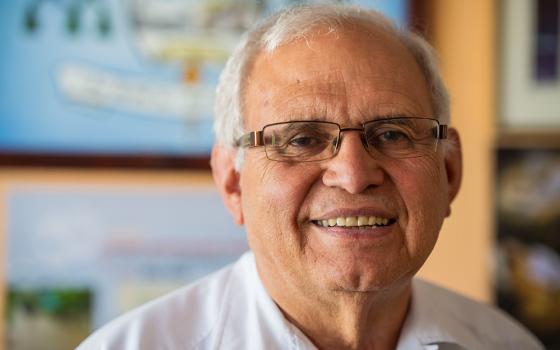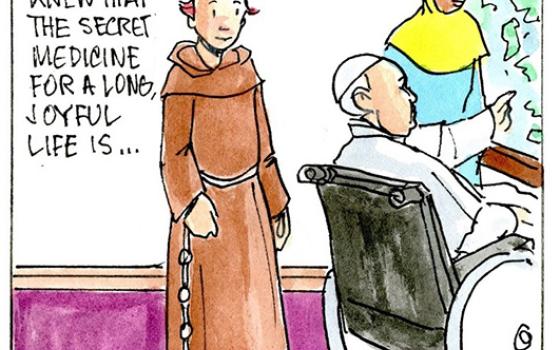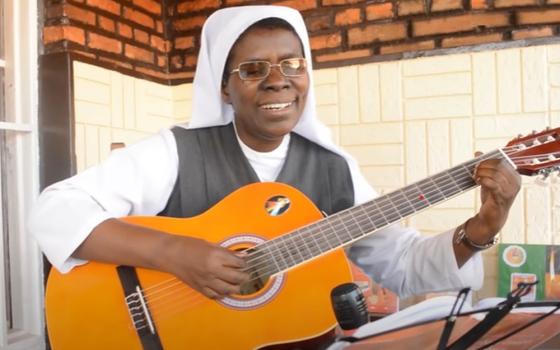In Working Class Perspectives , a project of the Center for Working Class Studies at Youngstown State University, academic Jack Metzgar discusses class bias in sociology and the "professional middle-class blindness to other class cultures that in American social science can so easily turn into a kind of 'there's-only-one-right-way' cultural imperialism."
I no longer get as angry as I probably should when I witness middle-class professionals engage in the kind of dismissive class prejudice that Classism Exposed so insightfully reveals almost every week. It is so common that in many middle-class settings I more or less expect a certain haughty ignorance of working-class people and their lives and, what’s worse, an astounding willingness nonetheless to make up stuff about “them” – sort of like discussing “the French” among Americans who, like me, have never actually known a French person. But I expect more from sociologists, especially those who take the time to write a book.
Andrew Cherlin’s Labor’s Love Lost: The Rise and Fall of the Working-Class Family in America is in many ways an effective liberal counter to Charles Murray’s mean-spirited portrayal of the working-class family in Coming Apart: The State of White America, 1960-2010. Both books are concerned with the decline in marriage among lower-income families and the negative effect they think this has on children. The percentage of mothers who were unmarried at the birth of their children is now nearly 41%, having doubled since 1980. Both Cherlin and Murray focus on the fact that out-of-wedlock births are much higher among lower-income than higher-income, college-educated families. Neither Cherlin nor Murray establishes that whatever negative effects there are on children are due to family form rather than low income itself. Instead, they focus on what they see as the causes of what both agree is a potentially disastrous trend. For Murray the decline in marriage is a result of a creeping moral rot – specifically, an ongoing decline in industriousness, honesty, and religion – among lower-income and non-college-educated people. For Cherlin the cause is a combination of working-class men’s outdated cultural commitment to a male-breadwinner version of marriage and a labor market that increasingly does not provide living-wage jobs that could support a traditional male-only breadwinner. For those interested in this topic, I recommend Cherlin’s Chapter 5.
The rest of the book, however, is a woefully simplistic digest of much better studies by historians and sociologists like Stephanie Coontz, Michele Lamontand Annette Lareau. Cherlin, for example, at several points assumes that all working-class men are both taciturn and patriarchal, a combination that seems to me hard to put together in one individual. Maybe this seems so outrageously false to me because I had a very talkative, bossy, working-class patriarch for a father while his older sister, my aunt, was a very talkative, only slightly less bossy, working-class matriarch. But surely a sociologist should understand without ever having talked with any working-class people that it is highly unlikely for a working class that includes tens of millions of people to have only one personality type!
There are many other breezy stereotypes built atop other stereotypes in Cherlin’s account, but he turns defensive and vicious in responding to Michele Lamont’s nuanced comparative studies of working-class and professional men in the U.S. and France. Lamont found that these men had starkly different systems of status and morality by class but only nuanced variations by nationality. In The Dignity of Working Men she writes: “For many professionals and managers I talked to, socioeconomic success and moral worth go hand in hand, the former confirming the latter. In contrast, when evaluating the upper half, most workers disentangle socioeconomic and moral worth . . . . . [critiquing] the moral character of upper middle class people, mostly by pointing to their lack of personal integrity, lack of respect for others, and the poor quality of their interpersonal relationships.”
Instead of trying to understand how different social classes might see the world differently and might place themselves differently within it, which is what Lamont does, Cherlin takes offense at how people like him (and me) are often characterized by both American and French workers. Having taken offense, he could have argued that this view of professional middle-class people is inaccurate or, at least, an over-generalization or even a stereotype, but he doesn’t do that either. Instead, he sees only name-calling and answers with a sociologist’s fancier version of name-calling: “This morally based sense of dignity was a reactive identity: it was not constructed by people who had the option of taking high-paying management or professional jobs or who could easily find meaningful work.” Implicitly defending a middle-class “proactive identity,” Cherlin blithely assumes that all working-class jobs are both meaningless and experienced as meaningless and that given a choice everybody would choose a job like his. He goes on in the following pages to claim that “working-class men commonly define their self-worth against an ‘other,’ an outside group toward which they can feel superior in their work habits and personal responsibility,” implicitly assuming that middle-class professionals do not routinely do this as well. He goes on to point out that racism is widespread among white workers (while presumably absent among middle-class whites) and, finally, to claim that blue-collar men are stuck in an “older utilitarian self” and are having trouble adopting a more modern “expressive self.”
Nearly all of this (and much more) appears to be simply made up. With no or very little evidence, Cherlin seems to feel entitled to simply imagine what workers must be like and to speculate about how their unconscious minds must work given what they actually have said to other sociologists. Worse, Cherlin takes generalized concepts based on extensive interviewing by others and turns these concepts into simple class character traits applicable to millions, with no nuances, variations or exceptions. But the way he comes unhinged at the kinds of things American and French workers sometimes say about people like us points to a much larger and more important problem – a professional middle-class blindness to other class cultures that in American social science can so easily turn into a kind of “there’s-only-one-right-way” cultural imperialism.
Middle-class professionalism is a strong and vital culture, but it’s still just a culture – with strengths and weaknesses, advantages and disadvantages – that can be enriched and improved by access to and engagement with other cultures. There is a vital strain in American social science that has begun to explore these class cultural differences in an empirical and thoughtful way – including Working-Class Studies scholars Barbara Jensen, Betsy Leondar-Wright and Jeff Torlina, as well as the authors noted above and numerous others. But it is a minority strain in academia, where any expression of appreciation for the strengths and advantages of working-class culture tends to bring out the class warrior in even well-intentioned social scientists like Andrew Cherlin. That’s a fight worth having.
Jeff Torlina argues that the common sociological understanding of social classes as necessarily hierarchical is based on a systematic misunderstanding of how supposedly hierarchical occupations actually work together to get jobs done. He argues that social classes should be conceived as “arranged on a horizontal plane, each superior or inferior in some dimensions but not in others,” which is a fairly common way that blue-collar workers see it. Such an approach would turn American social science upside down, and thus is more than a bit utopian. But at the very least social scientists should agree with Torlina that any endeavor aspiring to be a science “cannot base its . . . categories only upon the cultural logic of the class represented by the scientists themselves.”
[Vinnie Rotondaro is NCR national correspondent. His email address is vrotondaro@ncronline.org.]



